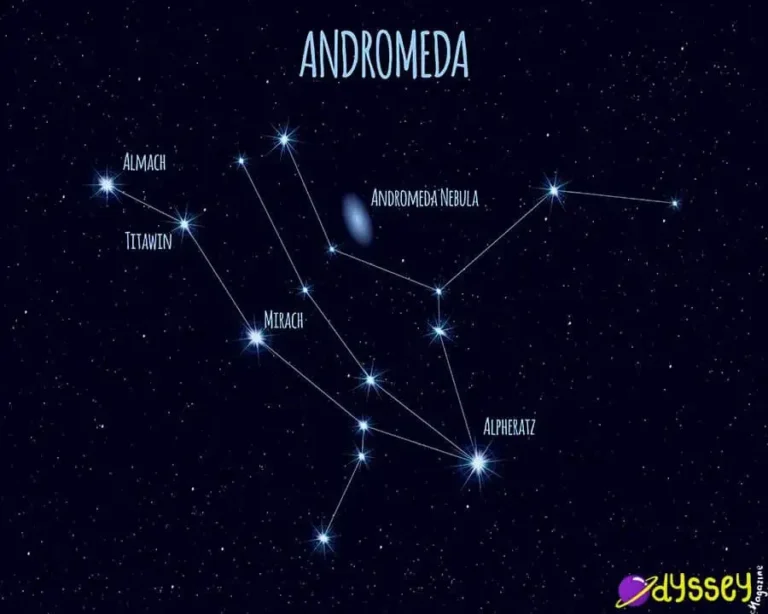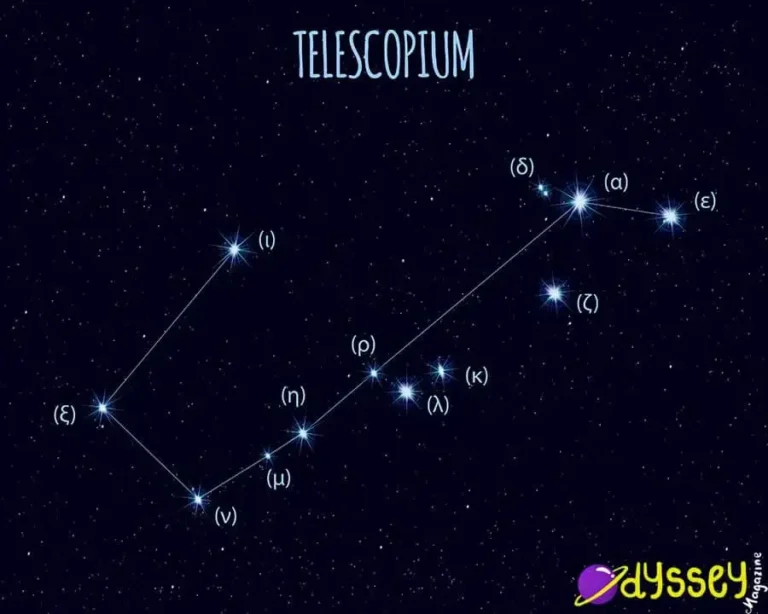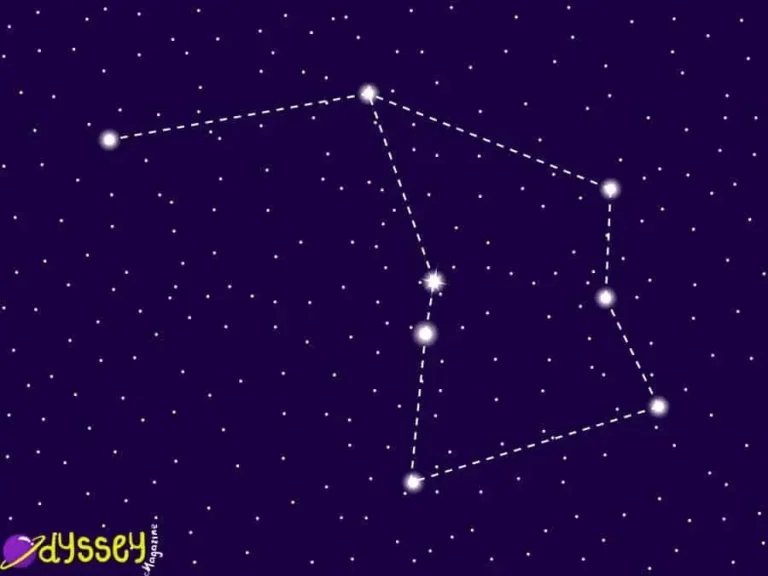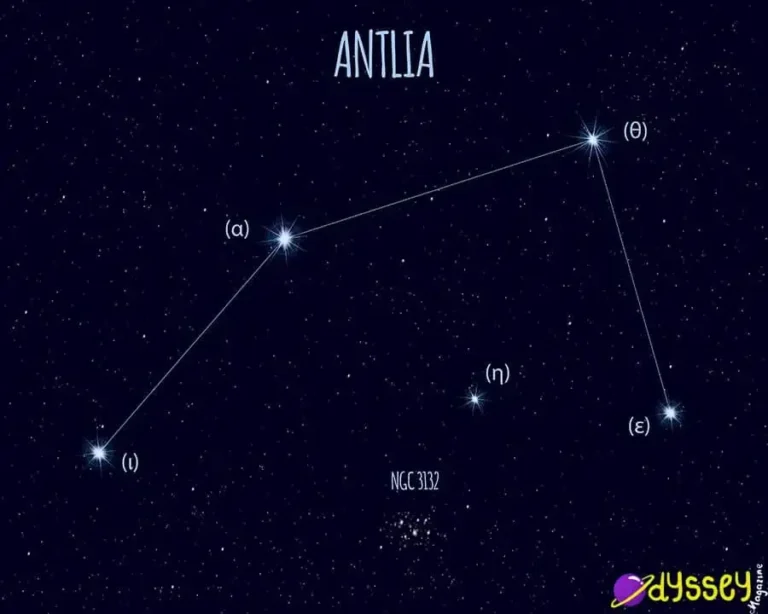Sculptor Constellation
Another one of the constellations discovered by Frenchman Nicolas Lacaille, Sculptor is one of the Southern constellations worth looking for if you’re in the Southern Hemisphere. It has many stars in it, but they are all quite faint, and even the brightest of these stars isn’t easily visible without a telescope. Let’s look at some more information about the constellation Sculptor.
- Bordered By; Cetus, Aquarius, Piscis Austrinus, Grus, Phoenix, Fornax.
- Named after; The Sculptor
- Declination; -30°
- Brightest Star; Alpha Sculptoris
- Best seen; September
- Size rank; 36th
- Constellation family; Lacaille
- Pronunciation; SKULP-TOR
What is Sculptor named after?
The original name of this constellation was Apparatus Sculptoris, which means Sculptor’s Studio. However, the name was later just shortened to Sculptor. He named it as such because the constellation looked like a table with a sculpting and a set of chisels on it’s work surface.
Who founded the Sculptor Constellation?
Sculptor was named as such by French astronomer Nicolas-Louis de Lacaille, who was also responsible for naming a few other constellations too. Although he was a Frenchman, he spent many years looking at the night sky in South Africa, where this constellation is more prevalent.
How can I see Sculptor in the sky?
The best time of year to see the constellation Sculptor in the night sky is in September. It is best viewed from the Southern hemisphere due to it’s declination.
- Alpha Sculptoris (α) – This blue-white star is the brightest in the Sculptor constellation, although the constellation is actually quite faint. This star has a luminosity 1,500x that of the Sun.
- Beta Sculptoris (β) – This is another single blue white star which is around 174 light years away from the Sun. It is double the radius of our solar system’s Sun.
- Gamma Sculptoris (γ) – This star is an orange hued star situated more than 182 light years away from the Sun, with approximately 72x it’s luminosity.
- Delta Sculptoris (δ) – Delta Sculptoris is actually a triple star system in this constellation. It’s primary star is a white main sequence dwarf star.
- Eta Sculptoris (η) – This is a single variable star that has a red hue to it. It is an ageing red giant star with a radius more than 80 that of the Sun.
- Zeta Sculptoris (ζ) – This multiple star system is quite faint as it is around 500 light years away from our planet, and has a magnitude of 5.04
- Iota Sculptoris (ι) – Iota Sculptoris is another solitary star in this constellation. It is approximately 336 light years away from us. This aging giant star has 2.9 the mass of the Sun and more than 12x it’s radius.
Cartwheel Galaxy
The Cartwheel galaxy is a great example of a lenticular galaxy, which is somewhere between a elliptical galaxy and a spiral galaxy. However, the Cartwheel galaxy was actually a spiral galaxy once upon a time, but a collision with another galaxy changes it’s composition, giving it it’s Cartwheel shape.
Silver Coin Galaxy
The Silver Coin galaxy also referred to as the Sculptor galaxy, is a spiral galaxy that has a high level of star formation – we call these kinds of galaxies “starburst”. It was first discovered back in 1783.
Southern Cigar Galaxy
Another galaxy that is located in the Sculptor constellation is called the Southern Cigar galaxy. It is possible to see the southern Cigar galaxy with a telescope, though it isn’t easy.
The Sum Up
To sum it up, the Sculptor constellation is a must-see if you’re in the Southern Hemisphere. It is made up of many different stars, and there are several interesting galaxies located in it too, including the quite unique Cartwheel galaxy. This is another constellation that’s worth your time to try and find in the night sky.



